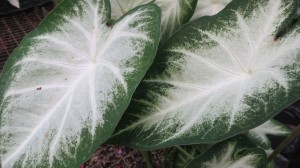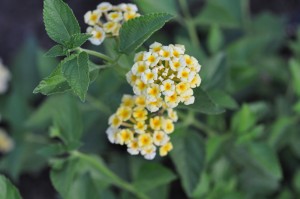KN, p. 107 “Don’t Poison the Dogs and Cats!”

Planting season started a few weeks ago in this part of the country. The danger of frost has gone, so we’ve been looking at perennials for now and bulbs for later, that will finish the beds underneath some of the trees in the yard. Daffodil bulbs are great because they multiply and spread on their own and they will come back up and bloom for years. And, ya gotta love that great splash of color in the Spring!
BUT, the friendly gal at the garden center saw Hammett and told us that if he chewed the bulbs he would get sick, so we were warned not to leave daffodil bulbs on the ground while waiting to plant them. We bought a few and stored them on a shelf in the garage, waaaay out of a snoofing dog’s reach.
We had dealt with the toxic plants for people last season, but now we had to think about what might be dangerous for Hammett, our lovable Irish Setter. We catsit every once in a while, so they were a potential worry as well.
The garden center gal steered us through the ground covers and shade plants. Caladiums, whether the plain green and white or more colorful varieties, may cause an intense burning in the mouth, as well as vomiting for both cats and dogs.


Pretty, but we crossed them off our list.

We were hopeful about Day Lilies, since Sheila wanted an entire slope in the side yard filled with them. We heard partially good news. Day Lilies, no matter which variety, are non-toxic to dogs, but highly toxic to cats. So toxic to cats, in fact, that they can cause kidney failure. Sheila suggested that we get the Day Lilies and keep the visiting cat in the house or in the fenced-in backyard. Problem solved.
Then I remembered one Easter when we ate dinner at Sheila’s mom’s house. Her cat kept peeing on the Easter Lily we had brought as a present. We were all horrified, finally exiled the cat to the back porch and put the plant outside to ‘air out.’ Turns out the cat was pretty smart. The garden center gal confirmed that Easter Lilies are just as dangerous to cats as the Day Lilies.
We headed toward the flowering perennials, still positive about what we would find.


We wanted something showy, splashy with color, and a natural lure for butterflies. Lantana seemed to fit the bill and we knew that it would not need much water in the heat drenched summers. But they were a big NO for us, since they are toxic to both dogs and cats and can cause vomiting and other nasty things.
We don’t have houseplants as a general rule, because Hammett has a big tail that seems to have a mind of its own. More than one potted flower bit the dust until we decided that Hammett was more important than having the indoor plants. But, a friend of ours does and as we passed the exotic plants section, I saw a Bird of Paradise in full bloom. We had seen one in the Azores growing in front of a school and admired the color. It’s not normally a houseplant, but our friend is able to grow one in her greenhouse-like kitchen area. Her BofP is about four feet tall and spectacular.

But, guess what? It’s mildly toxic to cats and dogs, causing mild nausea and vomiting if they eat the fruit and the seeds.
We have more research to do, but so far zinnias, bachelor’s buttons, and coreopsis are on the ‘okay flower’ list. Zinnias and bachelor’s buttons aren’t perennials, but they will reseed themselves. Works for us and works for Hammett, too!
For more information about plants that can be harmful or harmless to pets, go to
http://www.aspca.org/pet-care/animal-poison-control/toxic-and-non-toxic-plants/
*Photos taken by Patti Phillips
KN, p. 107 “Don’t Poison the Dogs and Cats!” Read More »

